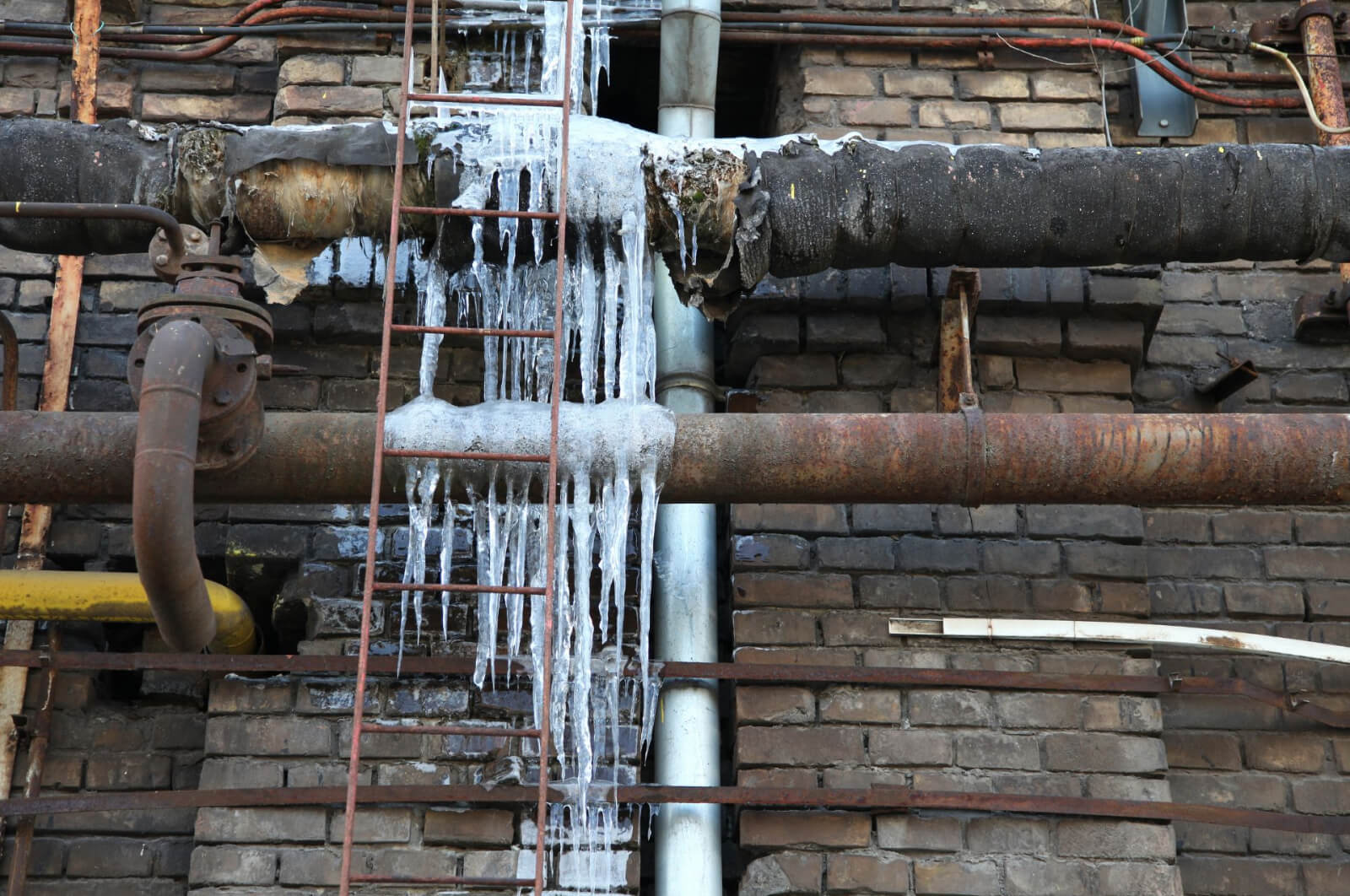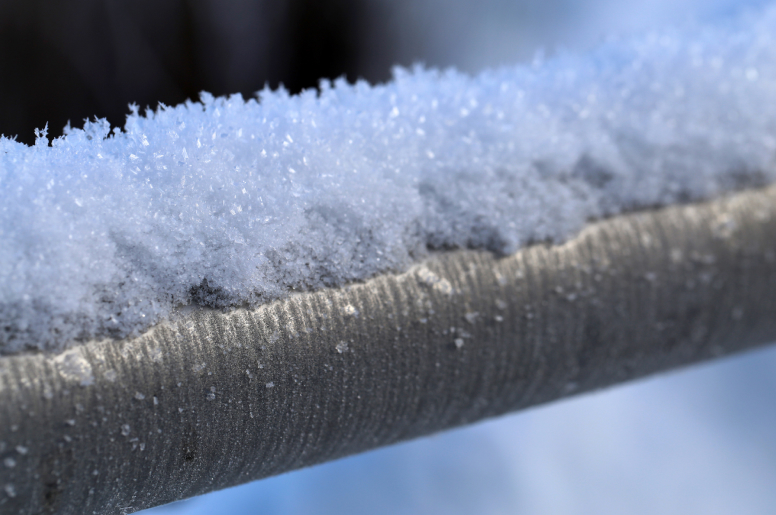Find A Plumber Near You
Call Us Now:

Frozen pipes are the last thing you want this winter! They’re a recipe for complicated plumbing issues, expensive repairs, and a whole lot of headaches.
While you can’t control the weather, you can certainly take some steps to prepare your plumbing for the winter. One of them is draining your pipes, which can do wonders to keep them working as intended when the temperature drops.
Learn how to drain water pipes to keep them from freezing in five simple steps!
Yes! Whether you’re planning to go away on vacation or simply want to protect your pipes in preparation for winter, this is something you absolutely should do. Here’s why:
→ Read more: How a Simple Water Leak Can Cause Major Damage
→ Read more: The Ultimate Guide to Navigating Frozen Pipes

Image source: Canva
Now that you understand the benefits of taking this proactive step during the coldest time of the year, here’s how to drain water pipes to keep them from freezing:
First, shut down the water supply. The shut-off valve may be inside or outside the house, usually near or beside your water meter. Once you’ve located it, turn the valve counterclockwise to halt water flow.
Next, you need to open all the faucets in your home and let whatever water is inside them drain out. Here’s a checklist to help you remember:
The next step involves draining appliances that use water, such as the dishwasher, your water heater, and your washing machine. Here’s how:
Do note, however, that there is some risk of freeze-damaging a water heater tank if drained improperly. In this case, we recommend hiring a professional plumber to handle the job—this will avoid any potential problems or costly repairs.
→ Read more: 7 Winter Plumbing Tips

Image source: Canva
After draining your fixtures and appliances, we recommend using an air compressor to blow out any remaining water. Blow air into your plumbing system at 70 psi (pounds per square inch) while keeping the fixtures open so that water can flow out easily.
While not absolutely necessary and skippable if you don’t have an air compressor, this extra step will help you ensure total drainage and avoid pipe freezing.
Last but certainly not least is applying anti-freeze to troublesome pipes, as this can take your freeze protection to another level. You can apply it to:
No matter where you apply it, you must use a recreational vehicle (RV) anti-freeze rather than an automotive anti-freeze. The latter is toxic and will kill the healthy bacteria that live in your septic tank and sewer line.
Learning how to drain pipes for winter is a good safety measure to keep your home running as it should. However, it’s still possible for your pipes to freeze even if you’ve drained them correctly—that’s when you should call us!
1st Rooter is the plumbing company you can trust to fix frozen pipes and other winter plumbing issues. For over 25 years we’ve serviced households in Hamilton, Burlington, and Oakville and never encountered a problem we couldn’t fix. Whether you’re trying to be preventative or it’s an emergency, we’re at your service 24/7/365.
Leave A Reply